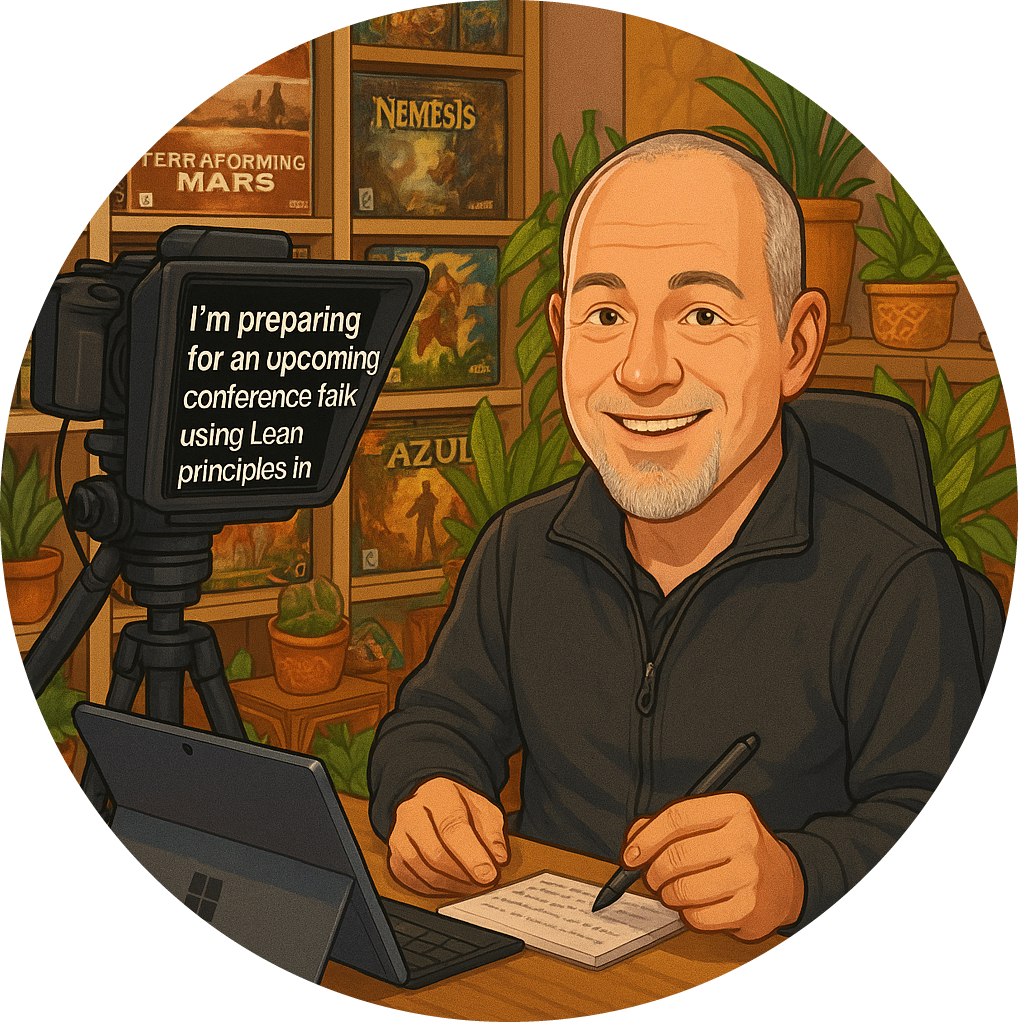In today’s fast-paced digital landscape, the ability to set market trends rather than follow them is crucial for any business aiming for success. I’ve seen firsthand how organisations that embrace a proactive approach to product delivery can not only survive but thrive. Here’s how you can position yourself as a market leader by adopting a tight release frequency and continuously delivering value to your users.
The Importance of a Tight Release Frequency
To truly set the market, you need to be agile in your approach. This means:
- Frequent Releases : Aim for a regular cadence in your product releases. Whether it’s weekly, bi-weekly, or even daily, the key is to ensure that you’re consistently delivering updates and new features.
- Real User Feedback: By getting every change in front of real users as quickly as possible, you can gather invaluable feedback. This not only helps you understand what works and what doesn’t but also allows you to pivot quickly in response to user needs.
Adapting to Market Opportunities
The market is ever-changing, and being able to adapt is essential. Here’s how a tight release frequency aids in this:
- Quick Adaptation: When you’re continuously delivering, you’re in a better position to respond to market surprises. If a competitor launches a new feature or a trend emerges, you can quickly adjust your roadmap and deliver a response.
- Maximising Value: Each release is an opportunity to maximise the value you create. By focusing on delivering features that resonate with your users, you can ensure that your product remains relevant and competitive.
Real-World Application
In my experience, organisations that have adopted this mindset have seen significant benefits. For instance, I worked with a team that shifted from a traditional release cycle to a more agile approach. The results were remarkable:
- Increased User Engagement: By releasing features more frequently, user engagement skyrocketed. Customers felt more involved in the development process, leading to a stronger community around the product.
- Enhanced Team Morale: The team became more motivated as they could see the direct impact of their work. Each release was a celebration, fostering a culture of innovation and collaboration.
Conclusion
Setting the market rather than following it is not just a lofty goal; it’s an achievable reality with the right approach. By committing to a tight release frequency and continuously delivering value to your users, you can adapt to market changes and seize opportunities as they arise.
Remember, the key to success lies in your ability to listen to your users and respond swiftly. Embrace this mindset, and you’ll not only keep pace with the market but lead it.


























